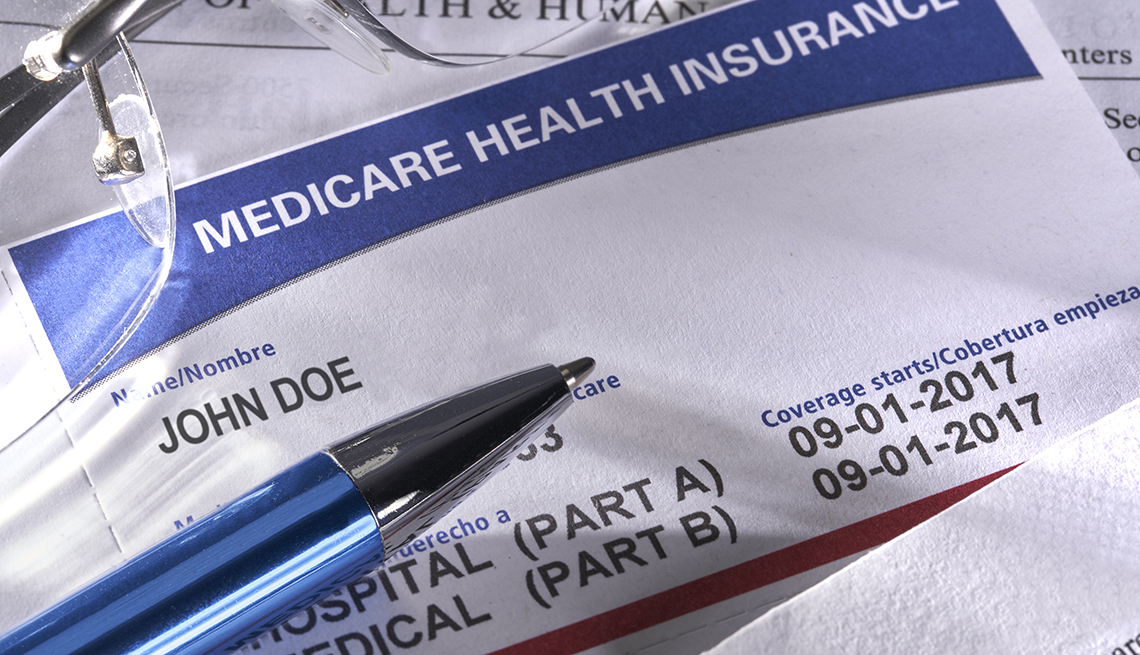Play all audios:
DIABETES PREVENTION. You can participate in one Medicare-covered diabetes prevention program to help you avoid type 2 diabetes, which often occurs in adults because of dietary habits, lack
of physical activity or lifestyle. The program requires six months of weekly group sessions that focus on helping you change your diet, exercise more and control your weight, plus six
monthly follow-up sessions. To qualify, you need certain hemoglobin or plasma glucose levels, a BMI of 25 or higher and no history of type 1 or type 2 diabetes. Part B requires that you
attend a program through an approved Medicare Diabetes Prevention Program provider. NUTRITION THERAPY. If you have diabetes or kidney disease and your health care provider refers you to a
nutrition therapy service, know that you’re covered. This service may include an initial nutrition and lifestyle assessment, individual and group nutritional therapy services, help managing
lifestyle factors that affect your diabetes and follow-up visits. A registered dietitian or other qualified nutrition professional must provide the nutrition therapy services. DIABETES
SELF-MANAGEMENT. Medicare covers up to one hour of individual training followed by nine hours of group training to help people diagnosed with diabetes monitor their blood sugar, control
their diet, manage their prescriptions, prevent complications and reduce their risks. It may let you tack on two extra hours of follow-up training each year. Keep in mind that you need a
written order from your health care provider to qualify and may be subject to a copay for this training. DOES MEDICARE COVER DIABETES SUPPLIES? Medicare covers many diabetes supplies,
including blood sugar testing monitors, glucose test strips, glucose solutions and lancets you use to draw your blood. It also covers continuous glucose monitors for people who take insulin
or have a history of problematic low blood sugar. Part B covers these supplies as durable medical equipment. You’ll pay 20 percent of the Medicare-approved costs after you’ve met the Part B
deductible for the year. But you have to buy the equipment from a supplier enrolled in Medicare or order it through Medicare’s mail-order program using a Medicare national contract
supplier. A Part D prescription drug plan covers supplies used to administer insulin, such as alcohol swabs, gauze, inhaled insulin devices, needles and syringes. Video: This New Medicare
Benefit Lowers Insulin Costs DOES MEDICARE COVER INSULIN AND OTHER DIABETES MEDICATIONS? Yes, but the part of Medicare that covers insulin depends on how you administer it. PART D INSULIN
COVERAGE. A Part D or a Medicare Advantage plan with drug coverage will cover insulin you inject yourself or that’s used with a disposable insulin pump. All Part D and Medicare Advantage
plans with drug coverage must cap insulin users’ out-of-pocket costs at $35 a month; you don’t have to pay the deductible for insulin. These rules only cover insulin products on the plan’s
list of covered drugs, called a formulary. Not all Part D plans cover all kinds of insulin. You can compare coverage for each plan in your area during open enrollment each year. PART B
INSULIN COVERAGE. If you use a traditional insulin pump that’s not disposable, Medicare Part B may cover the pump and insulin as durable medical equipment. The monthly cost of insulin under
Part B is also capped at $35 per month, and you don’t have to pay a deductible. Medicare Part D may cover other antidiabetic drugs to improve blood sugar, such as Ozempic when it’s
prescribed for type 2 diabetes but not for weight loss. Check with your Part D plan to learn about its coverage for diabetes-related drugs.

